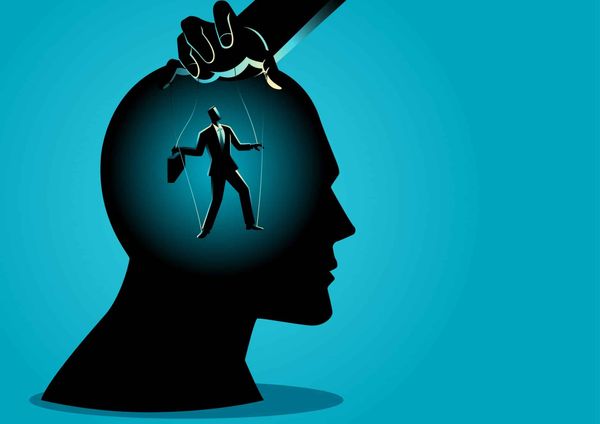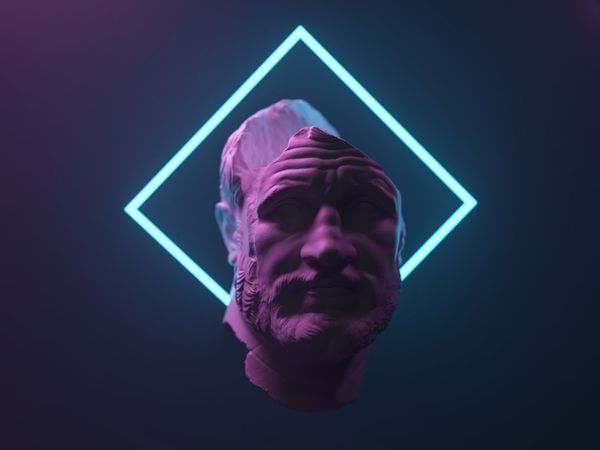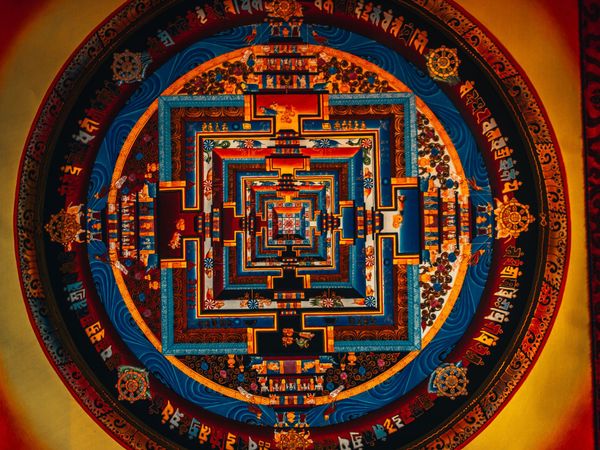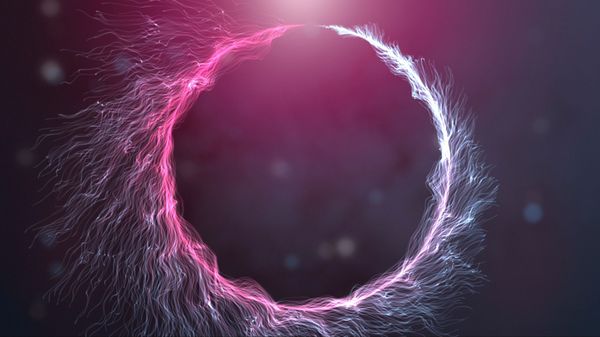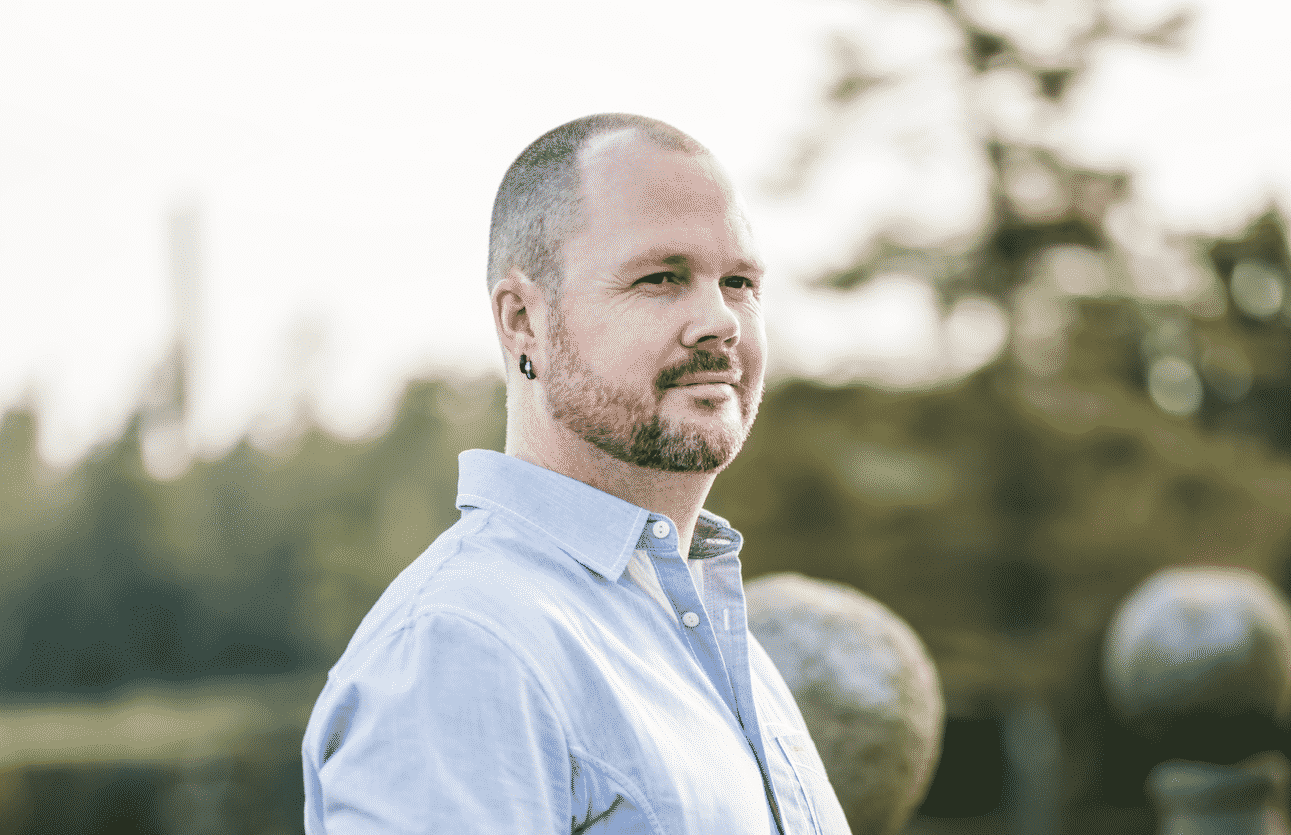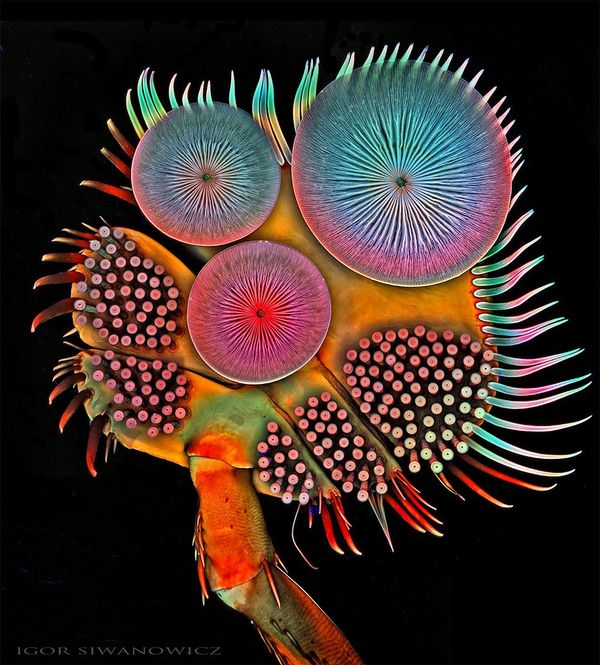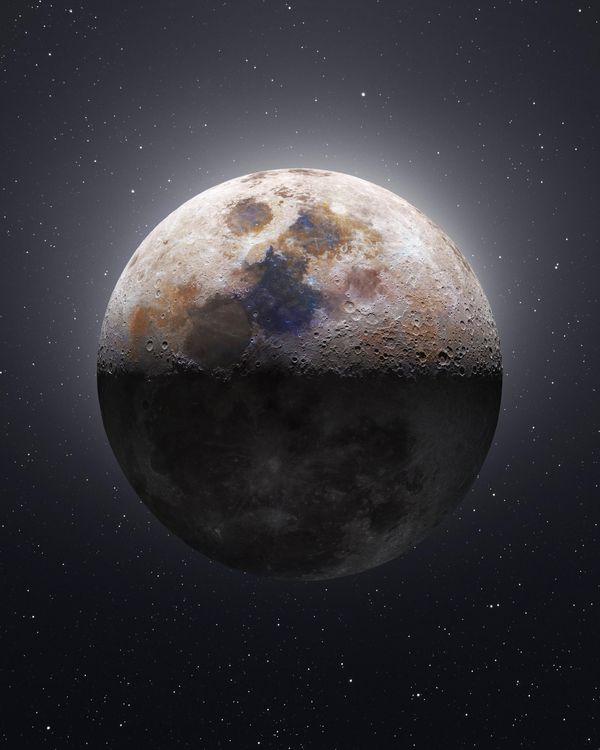Peter Sjöstedt-H • • 13 min read
The Tim Scully Interview: Manufacturing 750,000,000 Doses of LSD to Save the World
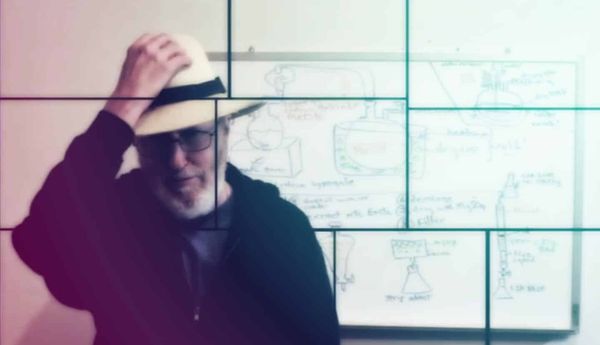
In 1977 Tim Scully was imprisoned for the manufacture of LSD, a high-standard variety thereof well known in the 1960s as Orange Sunshine. Following his release in 1980, Scully returned to a life concerned more with electronics than with acid-infused ideology. The story of his acid adventures with Nick Sand have been documented in the new film The Sunshine Makers – philosopher Peter Sjöstedt-H here asks Tim Scully eight questions stemming therefrom.
— — —
- ‘The Sunshine Makers’ documentary shows that your motive for creating LSD was ideological: to save the world from its destructive tendencies. Yet later it seems you became disillusioned with this popular belief. Were you disillusioned because so much opposition accrued against LSD use, or were you disillusioned because you believed that even without opposition, LSD use would not instill an age of peace and harmony?
In 1965 I believed that if everyone shared the experience of oneness, the world might be saved from nuclear destruction, which otherwise seemed likely. By 1966 or 1967 many of us believed that it might not have been coincidence that Albert Hoffmann discovered the effects of LSD right around the time the atom bomb was first tested. We thought of it as a counterforce to world destruction. We also believed that transcendent LSD experiences would mean an end to hypocrisy and dishonesty; we hoped that it would bring an end to discrimination of various kinds and destruction of the environment. And we believed it was worth any risk to try to save the world.
But by 1970 the scene had grown much darker and it was becoming impossible for me to overlook how badly people were behaving. Many people, who should have known better, were using bad drugs. LSD didn’t end dishonesty and hypocrisy in the scene. It became increasingly clear to me that people could have intense psychedelic experiences of oneness and still act just as badly when they came down.
I still believed (and still believe now) that the LSD experience can be very valuable. But I am no longer convinced it is a panacea.
A couple of years after I dropped out from making LSD I was dodging grand jury subpoenas in Europe as the legal storm clouds were gathering which eventually led to the trial in US versus Sand Scully and Friedman. I ran into some evangelical Christians in Zürich and belatedly realized that they had the same proselytizing zeal and the same gleam in their eyes that my friends and I had.
On reflection I’ve come to realize that the peak experiences brought about by LSD are not so different from the peak experiences that people have known down through the ages from one religion or another or in some cases from one political belief or another. Once I realized that, it was no longer so surprising to me that experienced LSD users remained flawed in the same way as true believers in various religions and political movements have been down through history.
At the point when I decided to stop making LSD in 1970 my decision was based on the fact that the balance between risk and benefit had tilted strongly in the wrong direction. While I still believe that LSD was beneficial I no longer unconditionally believe that it might save the world and instead only believe that it might make the world a slightly better place. At the same time, on the risk side of the equation the risks had escalated tremendously. Thus my decision to stop.
Read this: Microdosing: The Revolutionary Way of Using Psychedelics
— — —
- You studied mathematics and physics at UC Berkeley. Do you have any views concerning the intersection of mathematics and mysticism (in the vein of, say, the Pythagoreans) in relation to the psychedelic experience?
Yes, particularly in quantum mechanics. My math is rusty but I’ll do my best from memory.
The Schrödinger Wave Equation tells you about the probability that a particle exists in any given location in space and time. The result from the equation is a sort of bell-shaped curve that says the particle is most likely to be around one location at a particular time; as you go further away in every direction in space at that time the probability drops off more and more towards zero. The only English essay I wrote as an undergraduate at UC Berkeley that got a high grade described the theory that appealed to me regarding that equation from quantum mechanics. I wrote the essay before I ever took LSD.
At the time I was studying a branch of mathematics called analysis and I had learned about infinite dimensional vector spaces. Spaces like those are used commonly in solving the Schrodinger wave equation. You imagine an infinite set of waves of some orthonormal function, sine and cosine waves for example, which pervade throughout space and time. You can further imagine that these waves will destructively interfere in most places so that if they are summed up in a particular location in space time, in most places this sum will be zero because peaks and valleys will cancel each other out. You can write equations for a set of waves like these which destructively interfere everywhere except in the region where the particle you’re interested in is said to exist and in that area you see some nonzero probability values that form a bell-shaped curve.
One way of thinking about that infinite set of waves is as a mathematical convenience for solving a problem. But the conjecture I described in my English paper was that perhaps these waves actually exist in some form associated with each particle in the universe. If that were true it would mean that every particle in the universe is immersed in a sea of waves associated with every other particle of the universe and that implies a deep kind of connectedness.
When I eventually took LSD and experienced an intense feeling of oneness with everything in the universe I was reminded of that conjecture and used it as a mental model for understanding that aspect of my LSD experiences.
— — —
- I noticed that you have lectured on parapsychology. What aspects of this do you find the most compelling; and in what ways, if any, do you relate this to psychedelic use?
I had a number of experiences when I took LSD which seemed to involve paranormal phenomena.
In 1966 I was living with the Grateful Dead. The household took LSD frequently, often at Acid Tests with the Pranksters who made up the remainder of the Acid Test troupe. Many of the people in the group had read “More than Human” by Theodore Sturgeon. This science fiction novel describes a group of outcast and seemingly defective youngsters who have paranormal abilities such as telepathy and telekinesis. Individually they can barely survive in the world but when they are together they form a gestalt entity much greater than the sum of its parts.
Sometimes when the Pranksters and Dead took acid together and the Dead played, it felt to us as though a similar gestalt organism was formed, including many of the Dead, Pranksters and other folks who came to the Acid Test to get high with us. The intensity of this experience varied from mild to very strong. In its strongest form, we experienced a single consciousness which could use any of the group’s bodies. The experiences lasted for as long as an hour or more at a time.
In Sturgeon’s story, the group of kids could tell that there were still some essential parts of their gestalt being that were missing. They searched for recruits to fill in the missing pieces.
Likewise, one of the reasons for Acid Tests was for the group to get high with lots of people to find missing parts of the gestalt that sometimes formed. One joke was that we’d all leave the planet together when we found the right people.
When the Dead and Pranksters parted ways, this gestalt business wasn’t discussed much any longer, but we discovered that it still happened, at least to some extent, when the Dead played while taking acid and the audience was stoned too. This may have contributed to the intense sense of community among Deadheads.
I can recall one incident that took place at an Acid Test in Los Angeles in 1966 which we believed at the time to be psychokinetic. The group was “linked up” in the group mind described above. The Grateful Dead were playing. The band used large Altec Lansing theatre speakers at the time. These included exponential horns for the mid-range sounds. At one Acid Test one or more of the “drivers” for the exponential horns exploded (in a small way) at the same time when the group experienced a jolt of energy. Looking back, it seems impossible to assign cause and effect, but at the time we thought it was a psychokinetic effect. I recently wrote to two friends who were present that night, but sadly they don’t recall the incident.
I had several experiences of telepathy (distinct from the “gestalt” group mind mentioned above) where I was the sender (during an LSD experience) and Jean Millay was the receiver. In one case I was in Berkeley and Jean was in Southern California. I took LSD with a small group of friends and we had an event-filled experience. Jean telephoned me the next morning and described some of the events we experienced, from her telepathic impressions, unprompted by me or anyone else.
My overall impression is that paranormal abilities may be amplified or facilitated during LSD experiences. But investigating this possibility would present many challenges to researchers.
I tend to have strongly ambivalent feelings regarding paranormal phenomena. I’ve had experiences such as those descibed above but my default position is that of a skeptic. I spent most of my working life as a scientist and engineer and I have a great deal of faith in the scientific method. So I have both feet planted firmly in midair.
After I stopped being involved in the LSD underground in 1970 I started designing and building biofeedback and eventually physiological monitoring instruments through my company Aquarius Electronics. By 1972 I was selling biofeedback and physiological monitoring instruments to Stanford Research Institute’s parapsychology research team headed by Russell Targ and Aquarius Electronics started manufacturing an ESP teaching machine which Russell Targ and Dave Hurt designed.
The lecture I gave on parapsychology at JFK University was on the use of physiological monitoring instruments in parapsychological research. Many parapsychological researchers are not well trained in the use of such instrumentation and have at times run experiments that were poorly designed as a result. My lecture was intended to give parapsychology researchers some suggestions for their experimental designs regarding physiological monitoring.
— — —
- Did the writings of William James or Aldous Huxley have an influence on your interest in LSD?
Don Douglas, my childhood friend, studied Oriental philosophy while I was studying math and physics and he turned me on to the Tao Te Ching, and Huxley’s Island, Heaven and Hell, and The Doors of Perception. Those books captured my imagination and sent me on a search for LSD that Don and I could take.
— — —
- In the documentary you complained of “bad trips” after your run in with the law. Do you believe that the so-called “bad trip” can be beneficial?
There wasn’t room in a 90 minute film to explain this point fully. During the time from late 1966 through mid-1970 I was frequently followed by federal agents. I had to lose them before doing anything important. They knew that I knew that they were following me and I knew that they knew.
In mid-1968 my 2nd Denver lab was busted as shown in the film when I was out of town. I was arrested by federal agents in the spring of 1969 on a fugitive warrant from Denver. I was able to get bailed out but I was facing a possible 56 year prison sentence in Colorado and I spent the next several years commuting to Denver for court proceedings. That didn’t stop me from continuing my work in the LSD underground.
In the summer of 1970 at the very end of my involvement in the LSD underground I went to Chicago to pick up a tablet machine and I found that I was being followed by federal agents after I drove away. In the past I’d been followed by federal agents many times but I’d always been able to lose them. That last time I was completely unable to shake the tail. That was frightening; at the time I was free on appeal bond from my bust in Denver and being followed by federal agents for the tablet machine was not a good thing, to put it mildly. I ended up arranging for that tablet machine to be sold to a company making candy. Then I returned to an LSD purification lab I had been working in and had a lab accident that caused me to get very high. That’s when I had a really bad trip in which I saw federal agents in the woods surrounding the lab. I interpreted that as a clear message from my unconscious that it was time for me to quit and I did.
Yes I believe that bad trips can sometimes be beneficial even though they are very frightening. It may take some work to come to an understanding of the material that comes up in a bad trip but the result of that work can be useful insight.
— — —
- You mentioned that the biofeedback devices you create can induce an LSD-like effect. Can you briefly describe what these devices are and how they work in this respect?
It’s been my personal experience and my observation from history that making LSD tends to be somewhat addictive. One of the reasons for that is that for many people the work of making LSD feels as though it has great significance, that it is important in terms of changing the direction of history or saving the world. It’s hard to come down from a megalomaniacal high like that. I was very fortunate because I was able to break the habit by segueing into manufacturing brainwave biofeedback instruments.
I organized a small electronics company in Albion called Aquarius Electronics which eventually started manufacturing very simple brainwave biofeedback instruments for doing alpha brainwave training. The idea was that if people learn to produce more alpha brain waves they might learn to get into meditative or centered states of consciousness. The first instruments Aquarius Electronics made were single channel EEG instruments that trained brain waves at one scalp location.
Making a long story short it eventually became clear that while it is possible to learn to meditate through alpha brainwave training it turns out to be possible to learn to produce alpha brain waves and at least one scalp location without being in a meditative state of mind. My friend Jean Millay eventually interested me in producing a 2 channel brainwave phase synchronization trainer. This 2 channel device could be used either for one person to learn to synchronize the brain waves between the 2 hemispheres of the brain or for 2 people to learn to synchronize their brain waves with each other at one scalp location each.
We found that there is a much better correlation between calm states of mind and phase synchronized Alpha brainwave production in both hemispheres of the brain then there is in single channel brainwave training. The state that most people reach with this kind of brainwave training is a state of dynamic centeredness. There were also some interesting results from interpersonal brainwave synchronization training which seem to lead to better rapport between couples.
That’s not as spectacular as LSD hallucinations and possible ego death but on the other hand it was safe and legal and I felt pretty good about turning on the world with Alpha waves for a few years.
A little bit later my company started manufacturing an instrument called the Dream Machine which was designed based on an idea from Doctor Charles Tart. It was an electromechanical hypnagogic and hypnopompic state trainer; the device would wake you up gently if you started to fall completely asleep and could be used to learn how to remain in the twilight state between sleep and waking. In that state, things very much like hallucinations are common.
— — —
- Do you have a view concerning the relationship of mind and matter? Did LSD or any other psychedelic alter this view?
From studying physics I knew from a relatively early age that what seems to be solid matter is mostly empty space. I knew that photons can be looked at as either particles or as waves. Before I took LSD I was attracted to the theoretical idea which I described regarding the Schrodinger wave equation and the immersion of every particle in the universe in a sea of waves associated with every other particle in the universe. But there’s a big difference between a theoretical notion and a very intense transcendental experience. My LSD experiences have left me with the firm conviction that on a deep level everything is interconnected. When I think about death and dying they are no longer so frightening because I imagine that I will simply return to being one with everything.
— — —
- The judge at your trial accused you of having no conscience. Would you agree with a figure such as Octavio Paz that psychedelics break down one’s notion of any absolute morality?
[Nobel laureate Octavio Paz, a Nietzsche sympathizer, wrote that “ drugs are nihilistic: they undermine all values and radically overturn all our ideas about good and evil, what is just and what is unjust”]
I don’t believe that I lack a conscience. I deeply regret the bad side effects of the work that I did and I acknowledge that there were some bad side effects. From talking with people who’ve contacted me about their LSD experiences I believe that the overwhelming majority of people had positive experiences. But it’s undeniable that there are people who had very bad experiences and I’ve spoken to people who said that they had to undergo years of therapy after taking LSD. It’s also undeniable that there are some cases of people who committed suicide or died in other ways subsequent to taking LSD and while it is not possible to absolutely prove a cause and effect relationship and it is certainly not practical to prove who made the particular LSD each person took, I still feel very bad about those people.
On the other hand you might not be asking about my own conscience but rather a broader question. One of the transcendental experiences that people can have with LSD is to experience the universe as cosmic play. In this experience you see that all of us are parts of God or the oneness or whatever you want to call it, who have deliberately forgotten our true identity so that we can play our separate roles in what we think of as real-life. Some people who experience cosmic play in this way interpret the experience as meaning that there are no rules or values and that it’s okay to be destructive or mean since it’s all part of the cosmic game and somebody has to choose the dark side for the game to continue. I never felt that way and I never chose the dark side.
I once saw an R. Crumb cartoon which showed LSD dissolving society, so that was a meme that circulated in the scene circa 1967 or so and at one time I thought that might be a good thing, to dissolve some parts of the old so something new and better would evolve.
Now that I’ve seen the consequences of civil society disintegrating in places like the former Yugoslavia and some of the African genocides, I no longer think that dissolving society is ever a good idea.
There was a time when I believed that LSD would transmit a message by having more or less predictable effects on people. At the time I misunderstood how strongly social context, set and setting influence the kinds of experiences that people have. I now think of LSD more as an amplifier which reminds me of the extent to which the LSD experience is highly dependent on the place you’re starting from, the social context and physical environment you take it in.
— — —
Tim Scully, thank you.

